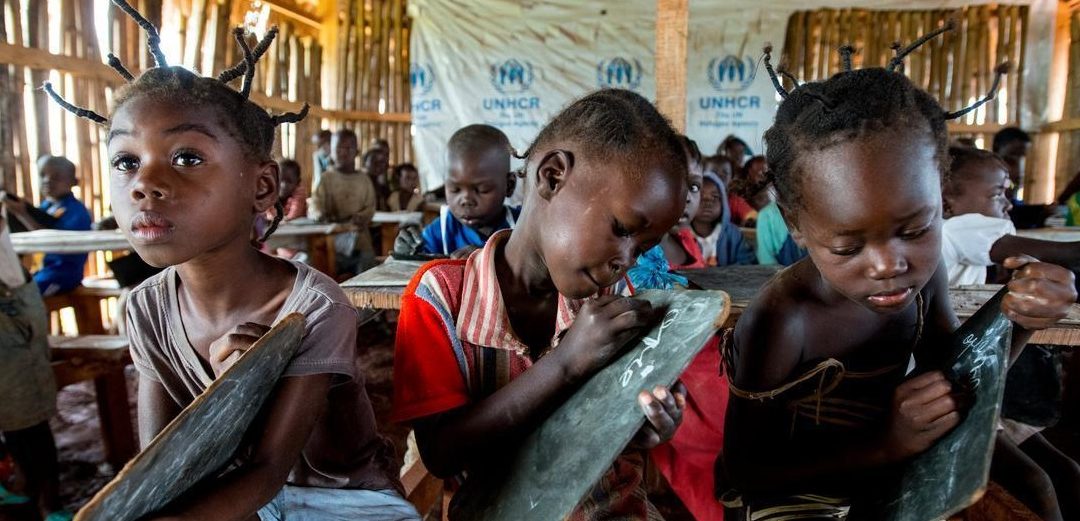This is an excerpt from UNHCR’s recently released report: Innovation at UNHCR 2014. This report highlights and showcases some of the innovative approaches the organization is taking to address complex refugee challenges.
For the Learn Lab’s second year, progress was measured on a number of indicators including:
- The extent to which the community was involved in driving the design process,
- The extent to which the solution addresses the specific challenge,
- The degree to which the solution contributes to improving educational quality;
- And requests from other locations to adapt solutions for use in their context.
Community Driven Design.
Our aim is to work with the community to design all innovations. In the field, this has included everything from localizing and creating content for the IdeasBox, to designing the school program for the Worldreader test. Although involving the community in the design and testing of assumptions was a feature of 2014, more can be done. At the end of 2014, the Lab led a Human-Centered Design (HCD) training for staff and partners to strengthen skills and enhance programming.
Challenge Focused.
This might seem obvious, but avoiding the temptation to develop a solution that addresses every (or many) educational challenge(s) can be difficult. The key is to start with a clear challenge statement, and use this as a reference point to stay focused and to measure progress.
Educational Impact.
This is the tricky one. We find that accurately assessing the impact of educational interventions is best measured in the long-term. While short-term effects can be observed, it is difficult to directly attribute change to any one intervention. This is why we have adopted a longerterm approach, which examines the contributions of both the process and the interventions. In the field, this means taking note of initial gains (for example, a surge in student enrollment when launching the Instant Network Schools (INS) program) and then assessing these results over time – tracking whether these gains are sustained beyond initial periods of excitement. We still have a long-way to go, but current findings are positive.
Scaling solutions.
We have received many requests to expand and adapt solutions for use in other locations. Whether it’s through requests for innovative higher-education programs within UNHCR’s Syria response, or the expansion of INS to support the development of a ‘green-camp’ in the United Republic of Tanzania; adapting solutions for use in new locations is part of the iteration and prototyping process. We are delighted with initial progress, however sustainable scaling models are vital.
Recently we’ve teamed up with DFID and UNICEF to launch the first Humanitarian Education Accelerator that will help us understand how to transform good pilot projects into scalable educational initiatives. The Humanitarian Education Accelerator will provide mentorship and funding for innovative education projects that have already demonstrated impact within a pilot study, and are now in the process of scaling up.
If you’re interested in applying to the program you can access the application here: http://www.he-accelerator.org/
The deadline for applications is February 15th, 2016.
We’re always looking for great stories, ideas, and opinions on innovations that are led by or create impact for refugees. If you have one to share with us send us an email at [email protected]
If you’d like to repost this article on your website, please see our reposting policy.

